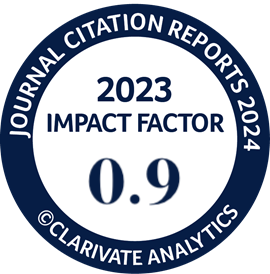Optimization of Bar Cutting Lists in Reinforced Concrete Columns Utilizing the Particle Swarm Optimization Algorithm: A Case Study of a High-Rise Building
DOI:
https://doi.org/10.4186/ej.2025.29.1.43Keywords:
bar cutting list optimization, optimization, particle swarm optimization, high-rise building, reinforcement concrete, sustainabilityAbstract
In the construction of reinforced concrete structures, rebar bending and cutting lists are commonly developed. However, in practice, engineers often develop them based on ease of design. This involves specifying splicing patterns manually, rather than using optimization techniques. To address this issue, a framework for optimizing rebar cutting and splicing patterns using Particle Swarm Optimization (PSO) is proposed in this study. Two areas of a high-rise building were used as a case study to demonstrate the practical application. The framework first organizes the columns by reinforcement patterns before further subdividing the column categories’ rebars by diameter and end patterns. Next, it randomizes splicing positions to serve as initial positions for PSO. Then, the corresponding cutting lengths are calculated and used for waste calculation. These processes are iterated to minimize waste. The results showed a significant reduction in waste across both areas, from 13.86% to 2.88%, compared to the as-built bar cutting list. This highlights the effectiveness of the framework in improving material efficiency and supporting sustainability. To validate practicality, the cutting and bending processes using machinery integrated with a QR code reader at a factory were demonstrated. This ensures the precise execution of the optimized list and enhances its robustness in real-world applications.
Downloads
Downloads

Authors who publish with Engineering Journal agree to transfer all copyright rights in and to the above work to the Engineering Journal (EJ)'s Editorial Board so that EJ's Editorial Board shall have the right to publish the work for nonprofit use in any media or form. In return, authors retain: (1) all proprietary rights other than copyright; (2) re-use of all or part of the above paper in their other work; (3) right to reproduce or authorize others to reproduce the above paper for authors' personal use or for company use if the source and EJ's copyright notice is indicated, and if the reproduction is not made for the purpose of sale.








